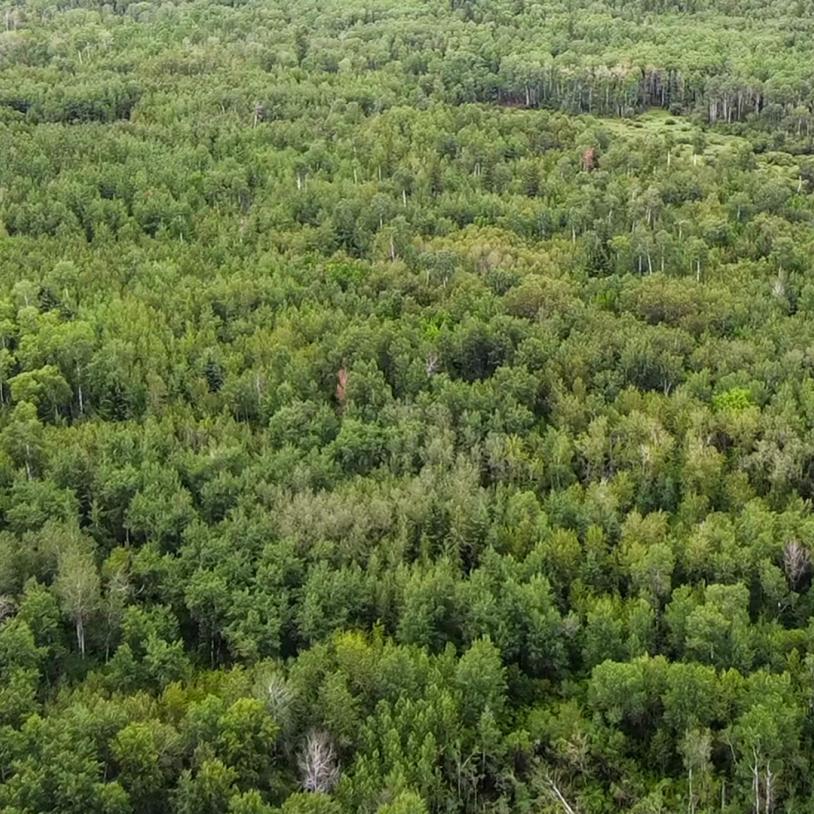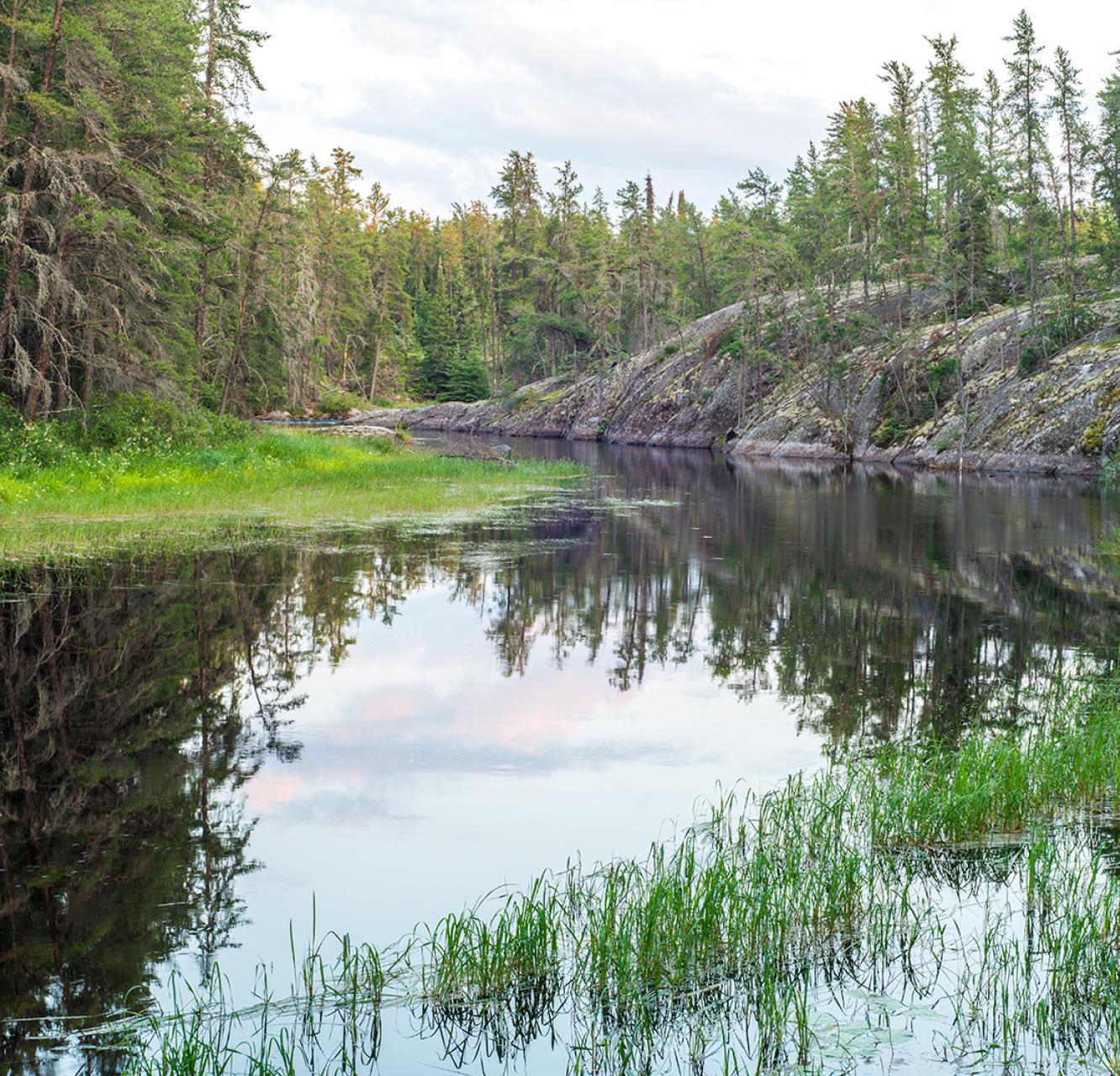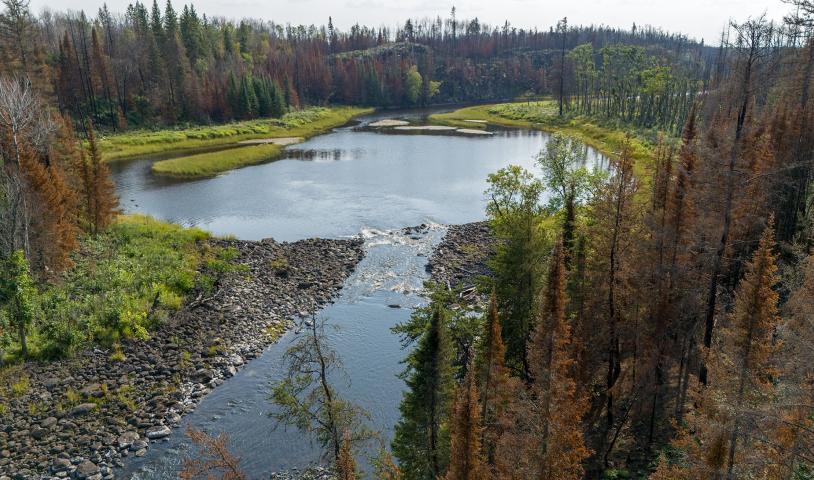The Good, the Bad, the Ugly – and You
Friday, March 6, 2015
March 6, 2015
Out of the ecological depths of the Manitoba Conservation and Water Stewardship branch, some GOOD news has arrived: the province is proposing six new ecological reserves in southeast Manitoba!
St. Labre Bog, Cedar Bog and the Lewis Bog expansion are within the Whitemouth River watershed, which Wilderness Committee supporters have asked the government to protect by sending them thousands of letters. Woodridge, Ste. Anne Bog and Piney are all near their namesake towns.
The proposed sites are all wetland bog complexes, including peatlands, and the government’s summary reports on the the new proposals outline a host of rare plants, animals and unusual geography in each area. When officially designated, these six ecological reserves will add 10,325 hectares to Manitoba's protected areas. The “Ecological Reserve” designation affords the highest level of protection for wilderness – good news indeed!
The BAD news is about peatlands. In the Manitoba government’s maps of these six new ecological reserves, you can easily see they are surrounded by peat quarry leases. Further, the descriptions explicitly mention the risk to the flora and fauna from peat mining.
As the government often mentions, “peatlands are the most efficient terrestrial ecosystem in storing carbon and the most important long-term carbon store.” Peatlands are our ugly ecological gem – our tool to counter a warming and unstable climate. The government recently commissioned a peatland study by the International Institute for Sustainable Development, which found there is no way to mitigate the release of carbon from peat mining. Unfortunately, no matter how much the government talks about mitigating the impacts of peat mining, releasing carbon is the biggest threat posed by peat mining and it can’t be mitigated. We need to leave the peat – and the carbon – in the ground.
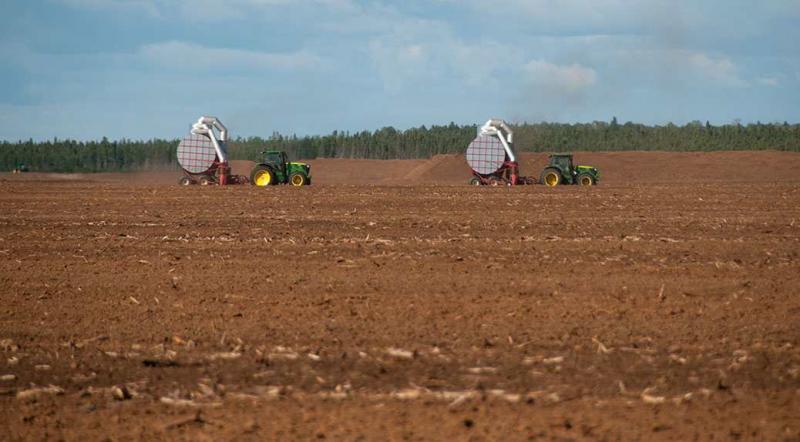
It is difficult to succinctly summarize all of the problems with peat mining in Manitoba. A Peatland Strategy was produced, full of pretty coloured headings, but it has no regulatory authority to compel government or industry action. The associated regulation was supposed to come from the Peatland Stewardship Act, but there are huge discrepancies between what the Peatland Strategy says and what the Peatland Act does. And although the government pushed the Act through committee last summer and states that the Act has passed, it has not yet been proclaimed.
The Peatland Act and Peatland Strategy still talk of “mitigating” the effect of peat mining rather than banning new mines altogether, which is what’s really needed for the climate. There is still an outstanding environmental application for a new peat mine in the Interlake, which has been in limbo since 2011, and appropriate consultation with First Nations on other licences haven’t been resolved. To add to all this mess, the ban on new peat mine licences is only temporary and is set to expire when the Peat Strategy is implemented.
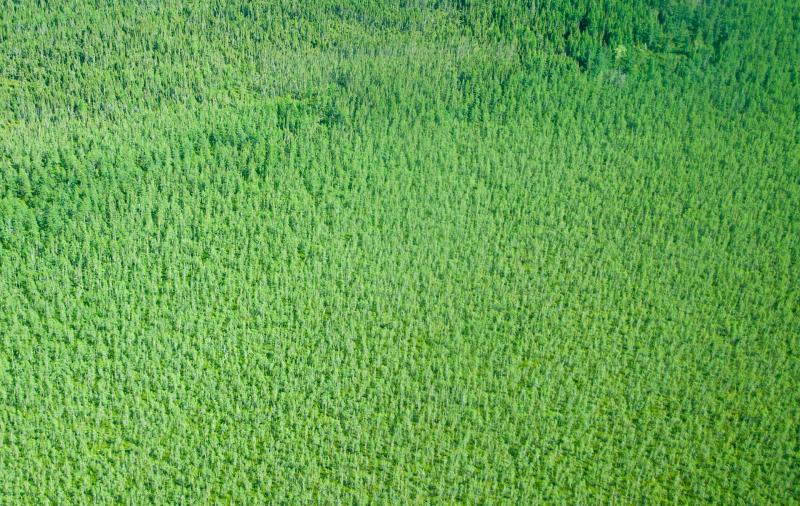 Basically, the government’s good work to protect peat bogs in new ecological reserves highlights how bad things have gotten in our peatlands. From our perspective, new ecological reserves are welcome and should be celebrated, but they can only make up a small portion of the peatland protection regulation needed in Manitoba. Massive new protected areas for peatlands must follow, as well as a ban on peat mining in Manitoba.
Basically, the government’s good work to protect peat bogs in new ecological reserves highlights how bad things have gotten in our peatlands. From our perspective, new ecological reserves are welcome and should be celebrated, but they can only make up a small portion of the peatland protection regulation needed in Manitoba. Massive new protected areas for peatlands must follow, as well as a ban on peat mining in Manitoba.
Finally, the UGLY came to light just this week, when we analyzed the government’s maps and found two campaigns overlapping. TransCanada is proposing to build the Energy East pipeline, which would carry 1.1 million barrels of heavy crude oil mixed with toxic chemicals across Manitoba every single day. Moving this heavy oil would require the construction of nine new pumping stations in the province. One of these stations – the Spruce Pump Station – would be located near the newly proposed Cedar Bog Ecological Reserve.
Can you imagine an uglier mess than trying to clean heavy crude oil and toxic chemicals out of a wetland bog? The people of Gogama, Ontario are doing just that right now, as they clean up a crude oil spill in the peatlands of northwest Ontario.
In 35 years, there have been 30 leaks on TransCanada’s pipeline systems through Manitoba, and federal Transport and Safety Board statistics show that in 2011, more than a quarter of pipeline accidents occurred at pump stations. Those are ugly odds for the Cedar Bog area. The Energy East pipeline is an ugly project, provides a tremendous risk to the ecology and economy of Manitoba, and should not be built.
Now it’s time for YOU to have your say. The government wants to hear from you regarding the proposed new ecological reserves. For some reason, the proposals have not been advertised and are not available online, but we have scanned the proposals for you to check out (see below). In the proposals, the government asks you to contact them via email [ecores@gov.mb.ca] if you have any input. We suggest you also send your email to the Minister of Conservation and Water Stewardship [minconws@leg.gov.mb.ca] and be sure to let them know how you feel about “the Good, the Bad and the Ugly.”
For the wild,
Eric
